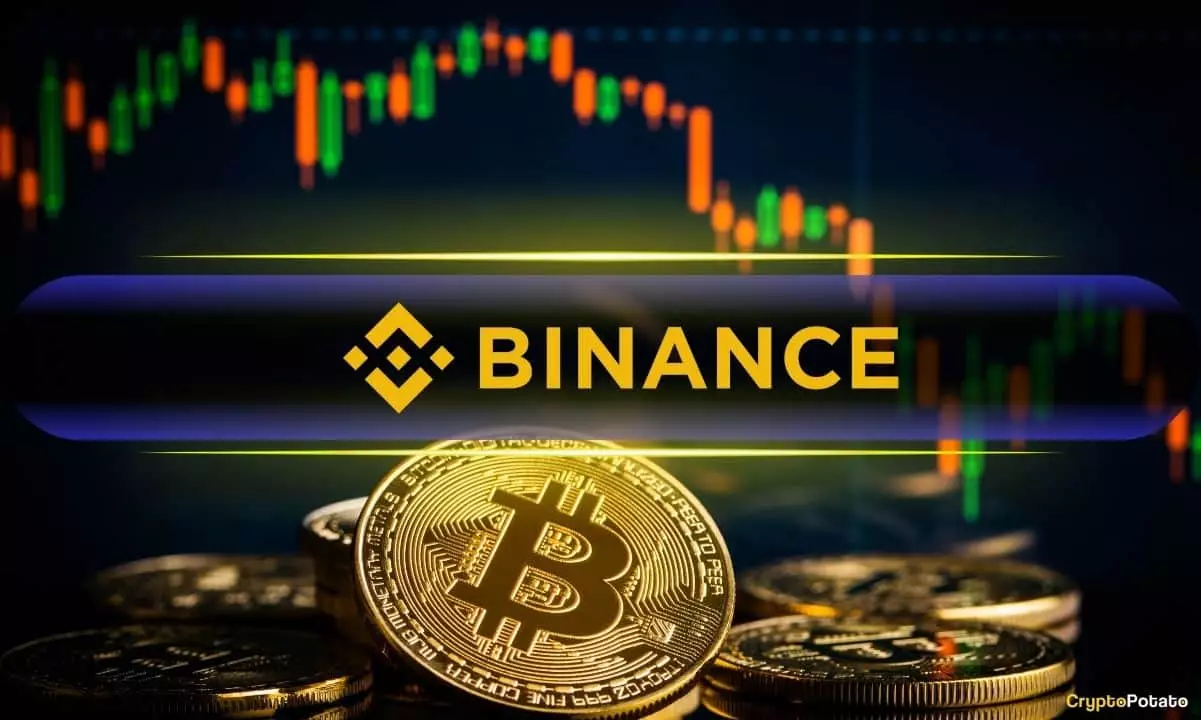In a significant turn of events within the cryptocurrency ecosystem, Binance has achieved a notable milestone in its stablecoin reserves, boasting an impressive total of $31 billion. This figure marks a remarkable recovery from a mere $7 billion just six months prior, illustrating a near fivefold increase that emphasizes growing investor confidence. Such a drastic upswing in stablecoin reserves often indicates heightened buying pressure within the market, signaling robust activity among traders and investors alike.
The consistent level of Binance’s current reserves, which hover around $30 billion, demonstrates a strong market positioning and an encouraging outlook for future demand in the crypto space. Increased stablecoin reserves often correlate with heightened trading activity, suggesting that investors are gearing up for future market movements. This evolution is particularly critical considering the backdrop of Bitcoin’s performance and the broader implications for the cryptocurrency market at large.
Bitcoin has been on a rollercoaster journey, with its recent price fluctuations drawing a great deal of attention. Analysts anticipate that Bitcoin might soon break through the $120,000 barrier, bolstered by the latest market trends and the surge in Binance’s stablecoin reserves. Currently trading below $94,000 after experiencing a 13% dip from its all-time peak of $108,300, Bitcoin’s potential rally doesn’t come without its challenges. Market liquidity remains relatively thin, which complicates recovery efforts and stifles upward momentum due to persistent selling pressure.
Adding to the complexity of the current market climate is the notable downturn in major stock indexes, including the S&P 500 and NASDAQ. As uncertainty looms over global trade developments leading into 2025, the correlation between traditional financial markets and cryptocurrencies has become increasingly evident. This correlation can hinder Bitcoin’s performance, despite the asset’s impressive gains throughout 2024, where it has surged by 120%.
Looking ahead toward Q1 2025, major financial institutions are poised to undergo significant reallocation of assets. Predictions from QCP Capital suggest that this shift could serve as a vital catalyst for the cryptocurrency ecosystem. The anticipation surrounding institutional adoption, including funding from university endowment funds, indicates Bitcoin’s growing dominance in financial portfolios. Enhanced institutional participation is crucial, as it could stabilize Bitcoin’s price fluctuations and align its volatility with trends observed in equities.
Moreover, as institutional interest increasingly escalates, there may be a notable uptick in hedging strategies such as the demand for downside puts and implementation of covered call strategies during market tops. This strategic adaptation would cater to evolving market dynamics, providing a more stable trading environment for Bitcoin and its investors.
The data provided by platforms like Glassnode emphasizes that despite the pressure on Bitcoin prices, many Short-Term Holders (STHs) remain in a favorable position, holding an average unrealized profit of over 7.9%. The psychological impact of this data cannot be overlooked, as it indicates that recent participants in the market are positioned well relative to their entry points, with an aggregate cost basis around $86,600. This specific price point is emerging as critical for market psychology and technical analysis, potentially guiding short-term trading strategies.
Further complicating the market landscape are the actions of Bitcoin whales, who have increasingly turned to privacy transactions when acquiring Bitcoin. The rise in CoinJoin transactions—tripling annually over the last two years—points to a growing trend of anonymous transfers that could influence market dynamics. Sustained activity from these large holders underscores a long-term bullish sentiment, implying a strategic buildup that might impact market liquidity going forward.
As Binance’s stablecoin reserves swell and Bitcoin navigates its complex landscape, the cryptocurrency market stands at a pivotal juncture. Institutional involvement, market psychology, and whale activity collectively shape a powerful narrative for the future trajectory of Bitcoin and the overall crypto ecosystem. Stakeholders should closely monitor these developments, as they will undeniably dictate the momentum and potential price action in the coming months. The indicators suggest that while challenges exist, the potential for growth remains significant, propelling Bitcoin toward new heights as it adapts to the evolving financial landscape.















